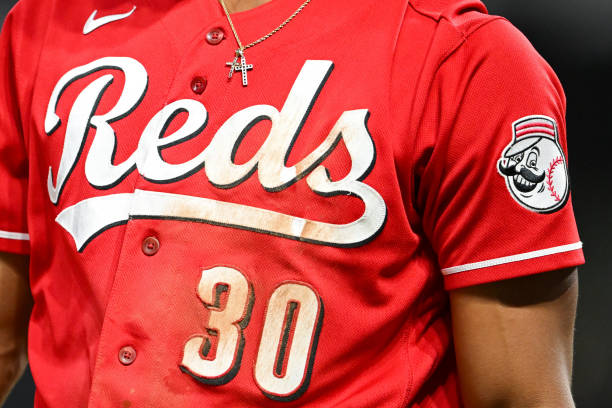As November comes to a close, it’s time to dive into the world of prospect rankings. At CBS Sports, we break down our minor-league prospect coverage in stages. Below is our initial list of the top 25 prospects, with more in-depth rankings for each team to come during the winter. After the new year, we’ll release a full top 50 list ahead of spring training.
Our rankings are based on multiple factors, including conversations with scouts, analysts, and front-office professionals, as well as statistical analysis and observations. While other outlets may have different rankings, we believe that diversity in baseball analysis adds value, as each method and perspective brings something unique to the table.
Here’s a look at the top 25 prospects heading into 2025:
- Top-ranked Prospect
This young outfielder has displayed significant growth and impressive numbers at Triple-A, with a walk-to-strikeout ratio and strong exit velocity metrics. Despite some concerns about his ability to pull the ball in the air, his immense potential and raw strength make him a high-upside talent. Expected to debut in Spring 2025. - Second-ranked Prospect
A center fielder with strong athleticism and a solid offensive game, this player has the ability to produce both power and speed. While not a home-run hitter, his overall performance on offense suggests a high ceiling. Likely to make his debut soon. - Breakout Prospect
This player has significantly boosted his stock since being drafted, showing improvements in bat speed and hitting power. His versatility on defense and solid offensive tools make him a steal of the draft. Expected to reach the majors in Spring 2025. - Young Outfielder with Strong Bat
A polished hitter who made it to Double-A in his first full professional season, this player’s strong plate discipline and ability to get on base suggest he could be a middle-of-the-order force in the future. Expected to debut in Summer 2026. - Shortstop with High Ceiling
Known for his strong defensive skills and 20-20 offensive potential, this prospect has shown flashes of brilliance. However, his ability to make consistent contact remains a key factor for his development. @Tigers to debut in Summer 2025. - Top Pitching Prospect
This pitcher has a dynamic four-pitch arsenal, including a mid-90s fastball, a cutter, and a sweeper. His durability will be key, but his potential is undeniable. Likely to make his MLB debut soon. - Left-Handed Shortstop
A polished shortstop with good defensive abilities and a promising bat, this player’s raw power is the only aspect needing further development. He could become a foundational piece for his team’s long-term plans. Expected to debut in Summer 2026. - Power-Hitting Catcher
This player has a powerful left-handed bat, but questions about his ability to stay behind the plate remain due to his defense and size. Regardless, his bat alone makes him a highly ranked prospect, with an MLB debut expected in Late Summer 2025. - Dynamic Shortstop
This talented shortstop, known for his defense and strong offensive tools, has struggled with injuries but remains a highly sought-after prospect. If he stays healthy, he could become the everyday shortstop for his team. Expected to debut soon. - Shortstop with Durability Concerns
While his talent as a shortstop is evident, injury concerns have hindered his availability. Despite these challenges, he remains one of the top prospects, with potential to reach the majors by Summer 2025.
The list continues with more promising players, each with their own unique talents, from high-ceiling outfielders to promising pitchers, and future key contributors across the league. Each of these prospects brings something special to the table, and all eyes will be on their development in 2025.

